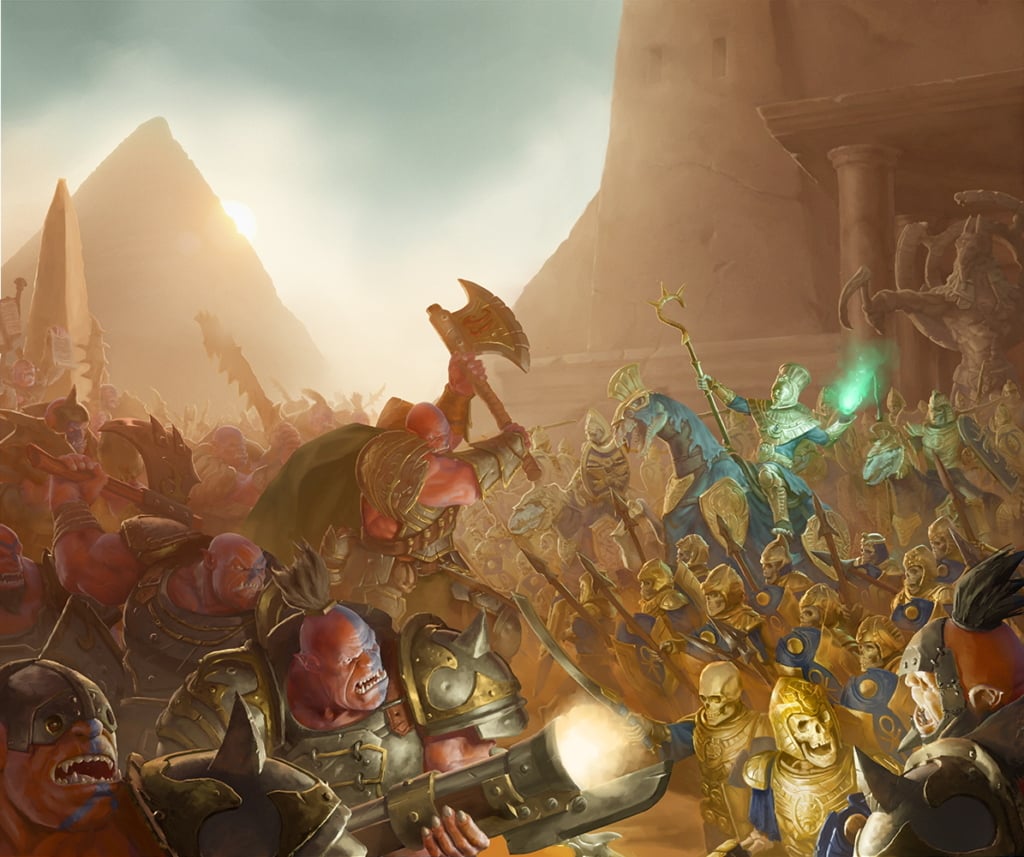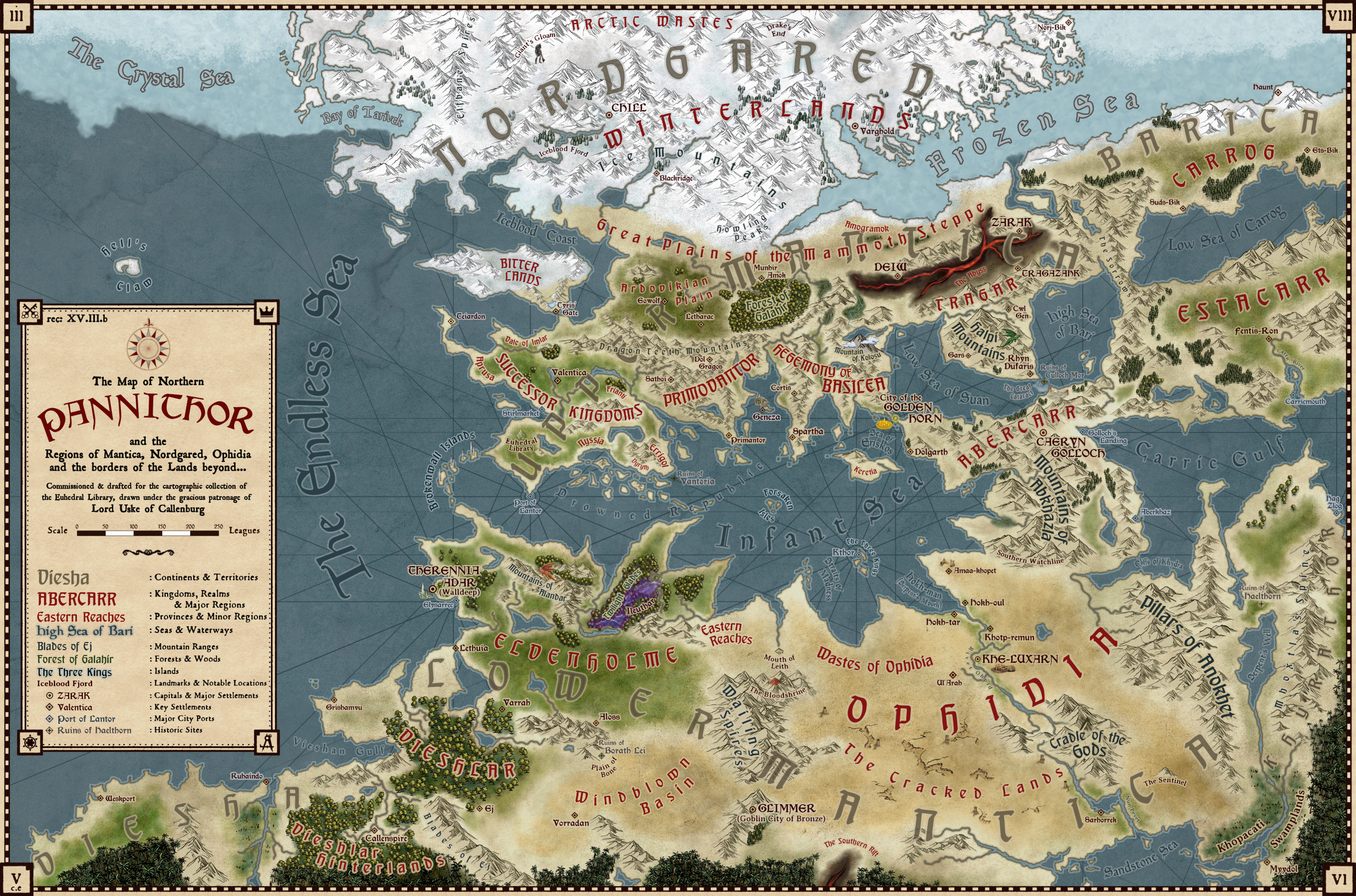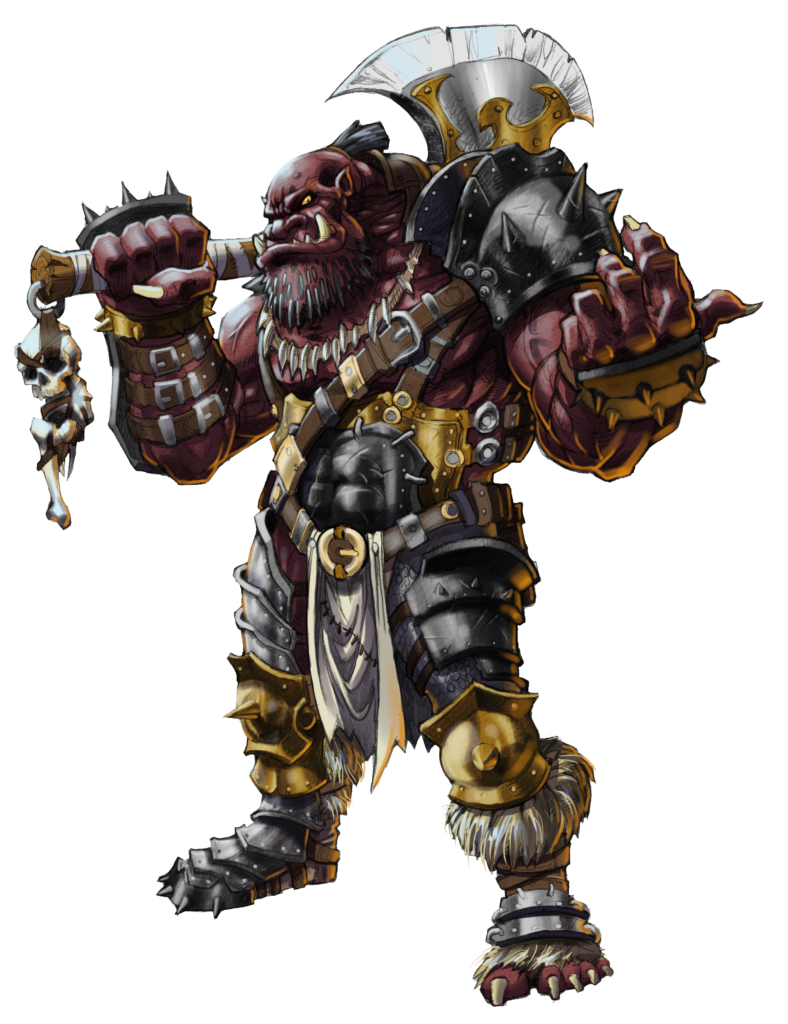Ogre background and lore in Kings of War
15th Nov 2022
Jonny Mann
After yesterdays blog which gave you insight into how we designed the new hard plastic Ogres, today we’re focusing on the lore behind these mighty combat machines. You see, unlike the green Ogres you may have seen in popular films, these Ogres are smart, tactical mercenaries with a culture steeped in the Art of War and there isn't a donkey in sight (only Maw Beasts). So without further ado, let’s find out more...

Of the ogres’ origins as a species, history remains silent. As with so many things regarding these creatures, their physiology and psychology are contradictory and strange, and offer no clues as to their original, yet ancient lineage. Their massive size and brutal strength recalls the orc, yet their temperament and sophistication of speech and culture speaks more to the noble races for which they are seemingly contemporaries, if the legends and myths surrounding them have any glimmer of truth.
The most frustrating element of all to scholars looking for answers to this question is the attitude of the ogres themselves – put simply, they could not care less.
Theirs is a culture which relies on the oral tradition rather than written history, and concerns itself with the practical – the deeds and achievements of living, breathing ogres as they march the world, rather than the metaphysical comings and goings of gods. It is not that the ogres are foolish enough not to believe in gods as others do, nor that they are too unsophisticated to grasp such lofty concepts. It is simply that knowing anything about ancient history or the deeds of ethereal beings is of no use in learning how to use a weapon, hunt for food, or obtain work. If the ogres have any concept of, or belief in, a deity of any kind, it is a very well-kept secret, or simply not worth mentioning to outsiders.

Living in the sprawling and frozen landscapes of the Mammoth Steppe, the ogre race is a tribal one, scattered across those wild lands in countless groups ranging in size from small family groups to hordes several hundred strong. With no cities, no capital and no recognised overall leader, these tribes move and flow across the steppes, sometimes meeting but mostly and mysteriously keeping to their own paths in some great, swirling dance across the endless plains. Ogres are very family-orientated, with a calm and neutral temperament in day to day life. They have no interest in fighting amongst themselves, unless for pay or sport, and tend to keep to their own save for the annual gathering known amongst their kind as the Thing.
Beside their obvious physical attributes in terms of size, strength and fighting ability, ogres possess a number of other qualities which have seen them become the recognised mercenary race in all civilised lands. Firstly there is their general attitude – an ogre is naturally neutral in temperament, not easily roused to anger and willing to listen to all sides of any story. Of course, it is far easier to be this relaxed on these matters when you are large and powerful enough to end any argument very quickly indeed, but it is still of note just how neutral ogres are. It is not unheard of for them to fight for any side – including the forces of the orcs, the Abyssal Dwarfs and sometimes even the Abyss itself, as often as they fight for humans, elves and dwarfs. Sometimes they will even find themselves fighting the very forces they aided mere weeks or even days before, driven simply by the economics of the situation.

The other quality which assists them in their ubiquity as soldiers for hire is the sophistication of their speech, something obviously cultivated heavily in a people which relies on the oral tradition of storytelling to preserve what they see as the important parts of their history and culture.
This extends into a surprising talent for languages, and the most renowned and storied among the ogre captains can command many dozens of languages, from the lilting musical speech of Therennia Adar to the gravelly, blunt tones of Golloch and of course, the Common tongue. It is a tremendous asset indeed to a mercenary to be able to speak and understand not just the speech but the subtle nuances of the language of their employers, and few indeed are the races who will dare attempt to double cross or mislead an ogre captain more than once.
Finally, there is their apparently inherent grasp of tactics and strategy. Ogres on the plains rarely fight each other, and even more rarely find themselves confronted with any other race brave enough to challenge them, yet somehow they seem to have an understanding of military matters almost in their blood. Many are the opponents who have been caught napping by the clever flank manoeuvre or sudden enfilade of a canny ogre captain and his crew, their perception of the ogres as unsophisticated brutes melting away in a haze of chopping blades and devastating crossfire.
These sophistications aside, the main asset of an ogre to any fighting force is their enormous strength and prodigious fighting ability. Wielding two handed weapons which a man would struggle even to lift, the ogres are a whirlwind of destructive force, barrelling through entire regiments of the foe and scattering even the bravest and most capable warriors around them. Some take to firearms, having enormous, artillery-sized crossbows or cannons constructed for them by willing dwarf artisans and using them to devastating effect.


 GBP
GBP  EUR
EUR  USD
USD